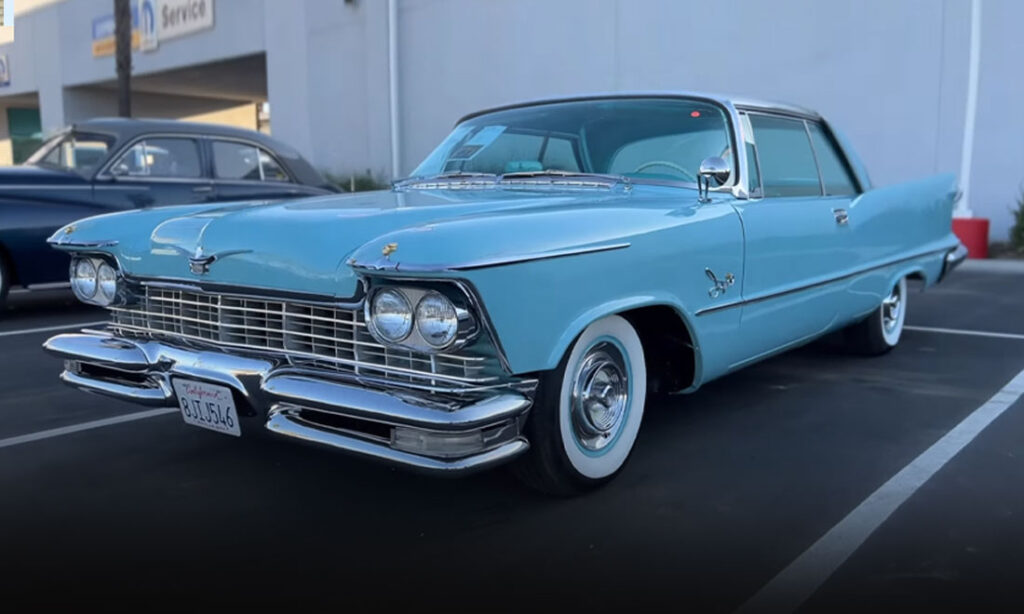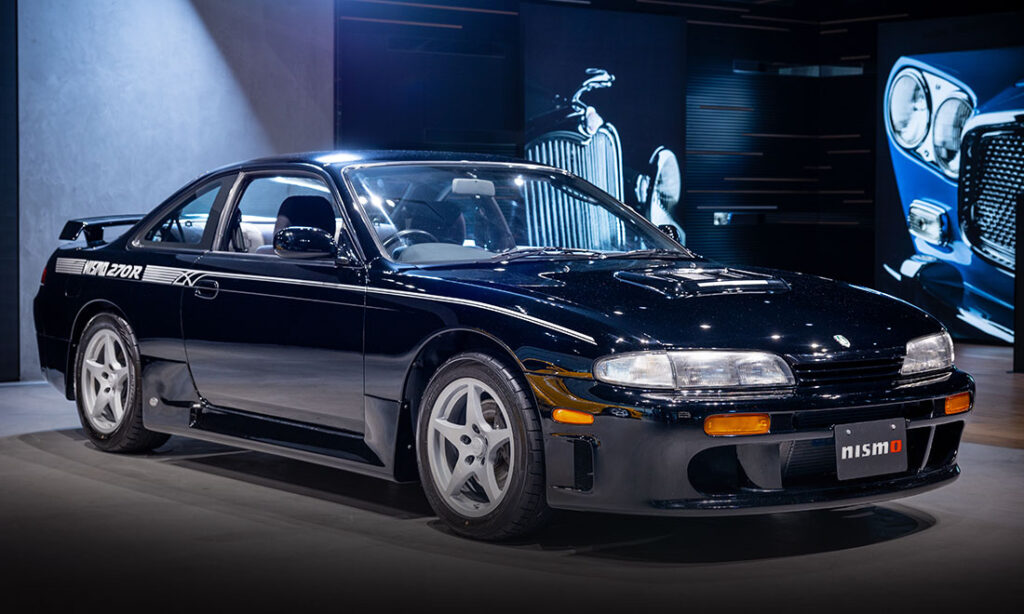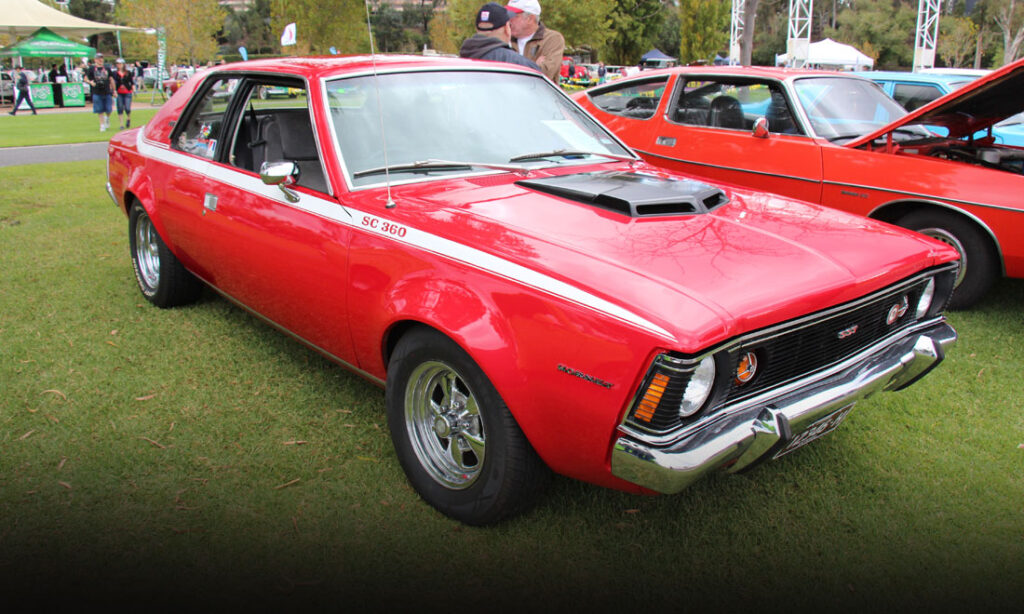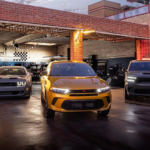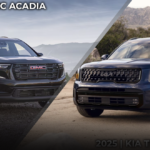Amazing Art Deco Classic: Lincoln Zephyr
At once distinctive and timeless, the Lincoln Zephyr of the 1930s and ‘40s took aerodynamics and aesthetics to uncharted new heights.
Harnessing the West Wind
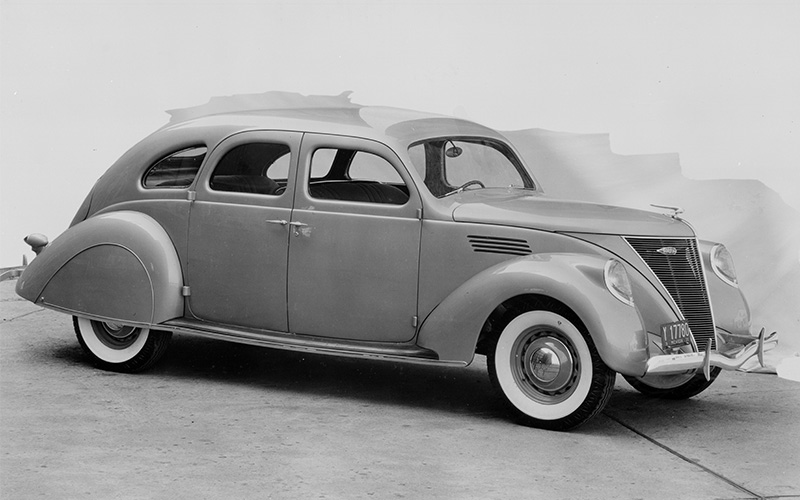
The name Zephyr comes from the Greek god Zephyrus, god of the west wind. Both the name and the overall design of the Lincoln Zephyr were based on an airy, streamlined ethos. The Zephyr was not, however, the first American car to emphasize aerodynamics. The Chrysler Airflow was the first major American car to feature slipstream looks in the service of reduced air resistance. Being the first to break new ground is not always easy. The Airflow’s radical design was not well received upon its debut in 1934. And yet, a few years later in 1936, the Zephyr made the same bet on aerodynamics, and it proved a major success for Lincoln.
Lincoln Zephyr Specs
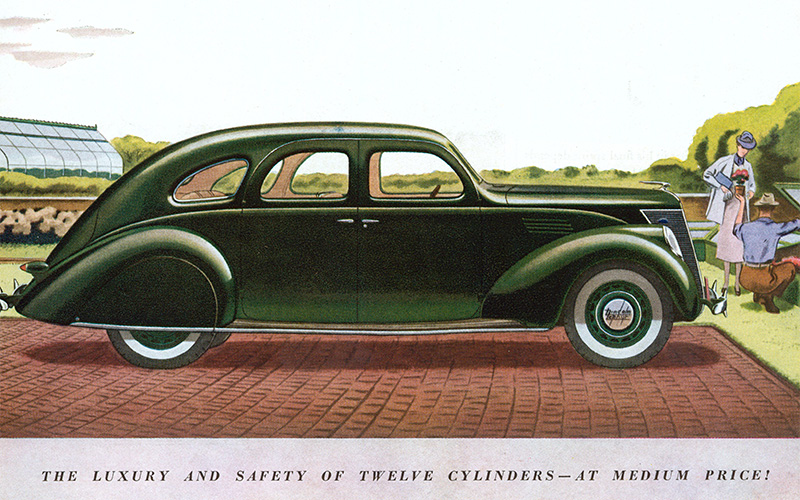
The Lincoln Zephyr came in multiple body styles including a two-door sedan, two-door convertible, four-door sedan, and four-door convertible introduced with the 1938 model. A two-door coupe and four-door limo were also offered. The car only had one engine on offer, a 267 cu.-in. flat head V12 capable of 110 horsepower, 180 lb.-ft. of torque at 4,000 rpm, and mated to a three-speed manual transmission. The V12 was based on the Ford flathead V8 and had a narrower 75-degree bank. The Zephyr’s V12 became Lincoln’s default engine through the late 1930s and 1940s.
Styling & Changes
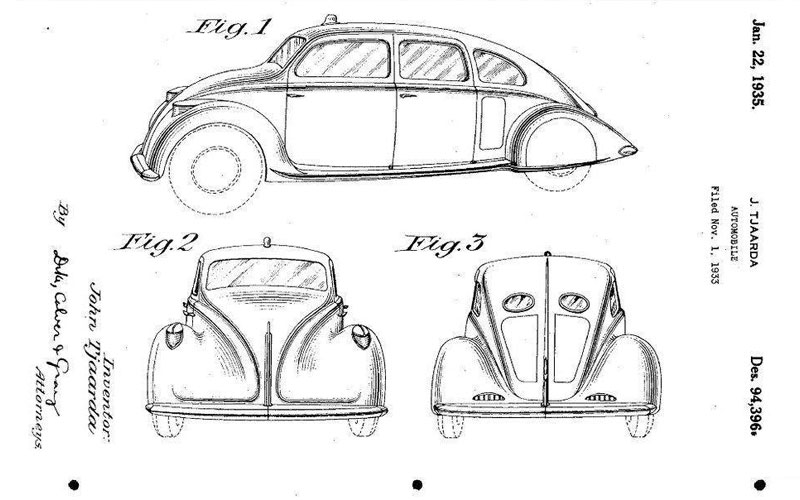
It had been Edsel Ford’s interest in high-end automotive design that had led to Ford’s acquisition of the Lincoln brand back in 1922. The Lincoln Zephyr’s design was envisioned by Edsel and fashioned after the 1934 Scarab Tjaarda prototype built by Briggs Manufacturing. The Zephyr’s final design was a collaboration between Brigg’s John Tjaarda, Edsel Ford, and Ford designers Eugene Gregorie and Bob Koto.
The styling of the 1936 Lincoln Zephyr was bold indeed. The car’s fenders were massive, curving like a teardrop. That theme was further emphasized by the teardrop shaped headlights and bullet style taillights. The car’s prow-like front end cut through the air with a tall, Art Deco styled grille with dozens of horizontal fins, crowned with a large hood ornament and preceded by an extending bumper (matched by a similar extended bumper in the rear). The dash of the Zephyr was its most notable interior characteristic as it had a centrally located gauge cluster and a pair of glove boxes (introduced in 1937), one for the driver and one for the passenger.

The Zephyr’s least expensive version was the two-door sedan at $1,275. The car sold over 15,000 units in its first year. In 1938, the Zephyr was given numerous updates, most significantly being a major visual overhaul. The grille of the car was lowered and widened slightly. The teardrop shape of the headlights was redone, and the taillights were now rectangular and integrated into the fenders. Those fenders, front and back, were also modified, growing in size and height. The hood ornament too was redone.
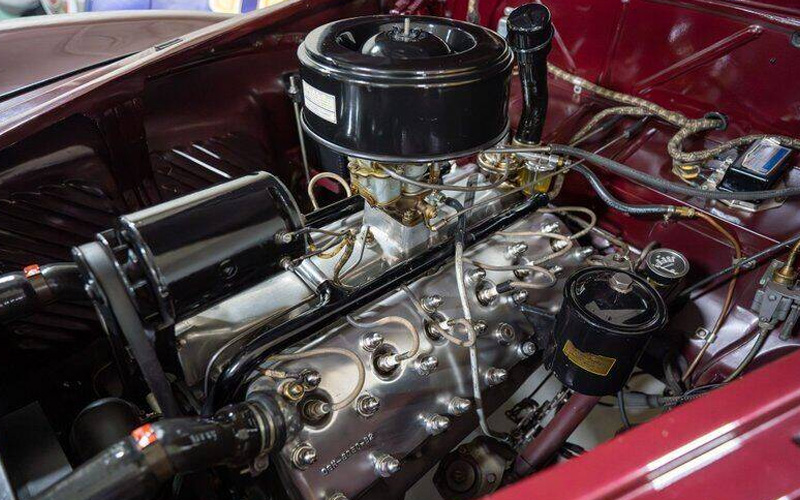
The Zephyr got more alterations for the 1940 model year. The interior received updates including a new dashboard that moved the gauges in front of the driver. A larger version of the V12 was introduced, bored out to 292 cubic inches. A new and more ornate grille design arrived for the 1942 model year. The car’s iconic teardrop headlights were converted to a more conventional round design.
Lincoln Zephyr Discontinuation & Legacy
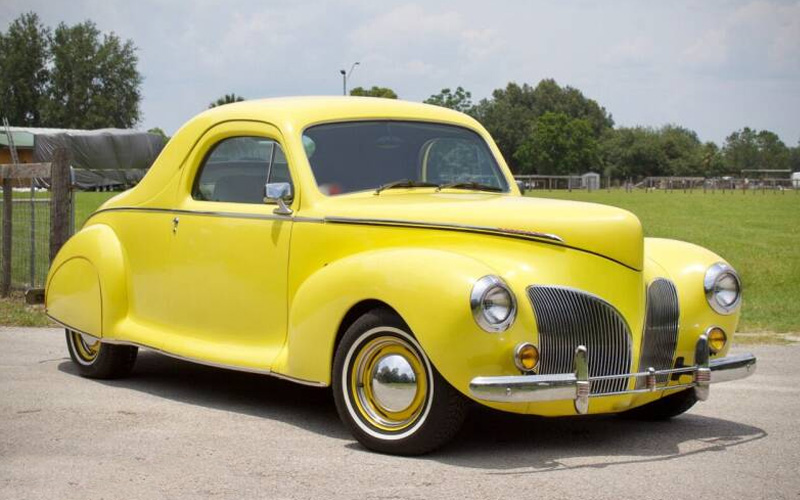
Like the rest of the automotive industry, the Lincoln Zephyr’s production was halted by WWII. A few of the final 1942 cars came with a new, larger 306 cu.-in. V12 making 130 horsepower and it would be this engine that Lincoln would use once production resumed in 1946. The new V12 continued after the war, but the Zephyr name did not.
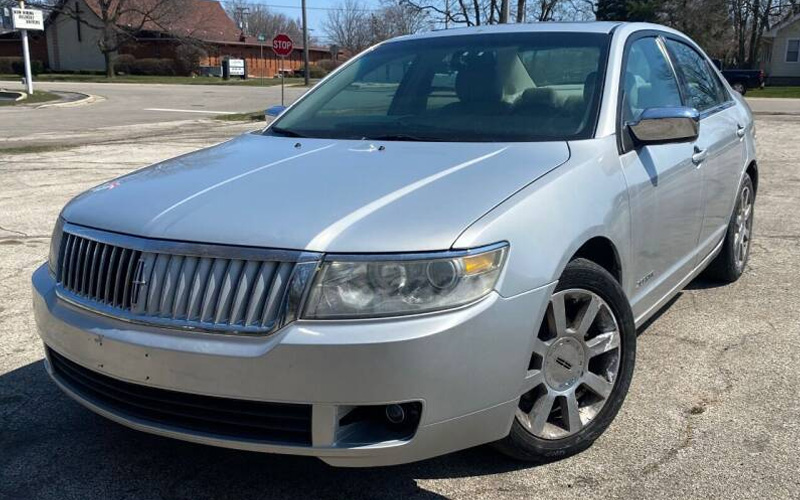
Though that was not the last for the Zephyr name at Lincoln. The nameplate was reused by Ford of Britain in the 1950s, Mercury in the late 1970s, and again by Lincoln in 2005 for a new entry-level sedan, before quickly renaming the car the MKZ. The MKZ and other Lincoln designs in the mid-2000s carried on the Zephyr in spirit if not name with their large, toothy grilles echoing the classic Lincoln of the 1930s and 40s. This homage to the Zephyr, while commendable, did not result in cars as indelible as the original.
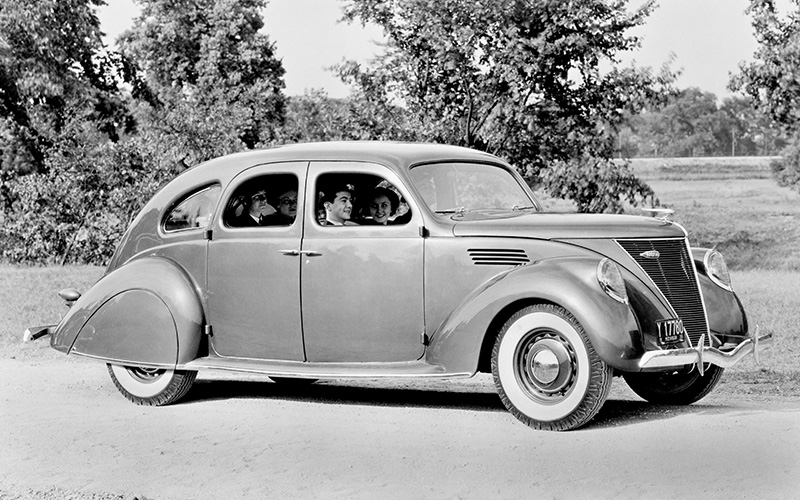
Automotive design is a fickle thing. Most cars are destined to look dated within a decade or two of release. Only a small sliver of cars ever bridge the gap between being fashionable in their own time and being original and innovative enough to be considered timeless decades later. The Lincoln Zephyr’s design is definitively Art Deco, with its contrast of flowing body lines and the bold straight lines of its metal work. And yet that “period” design language elevates rather than dates the car.


